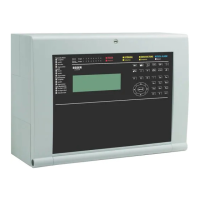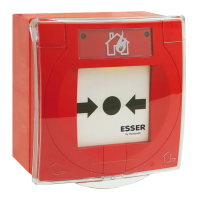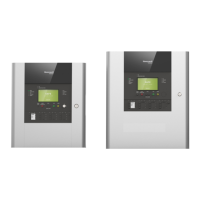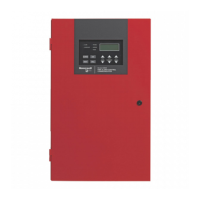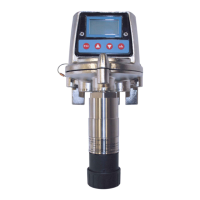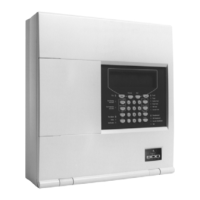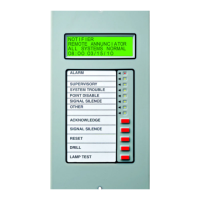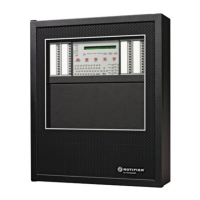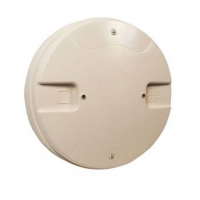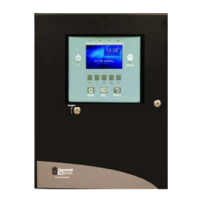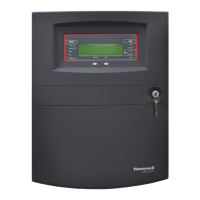Periphery components for ESSER FACP
TI 798960.GB0 / 04.20 63
In practice, the following applies:
The sound pressure level emitted from audible alarm devices is given for a distance of 1 m from the source of
the noise.
92 dB
72 dB
1 m
10 m
~
-20 dB
Fig. 42: Example
• Each time the distance from the source of the noise doubles, the sound pressure level reduces by 50 % (-6
dB).
• The 6 dB attenuation corresponds to a 50 % reduction in the sound pressure level.
• At a distance of 10 m from the source of the noise, the sound pressure level is reduced by 20 dB.
• An increase in the sound pressure level of 10 dB is perceived as a doubling of the volume
(and vice versa).
• Differences of 3 dB are clearly audible – smaller differences in the sound pressure level are hardly noticed or
only in a direct comparison.
r1
r2
distance
height
approx. 1,5 m
L2
L1
Fig. 43: Distance from the source of the noise
Calculating the sound level variation
Determining the sound level variation (∆L) for
sound pressure for acoustic alarm devices:
r1 = 1 m distance from the source of
the noise
m
r2 = distance from the source of the
noise
m
∆
dB
Level of the distant source:
L2 = L1–20 x log
∆L = 20 x log
